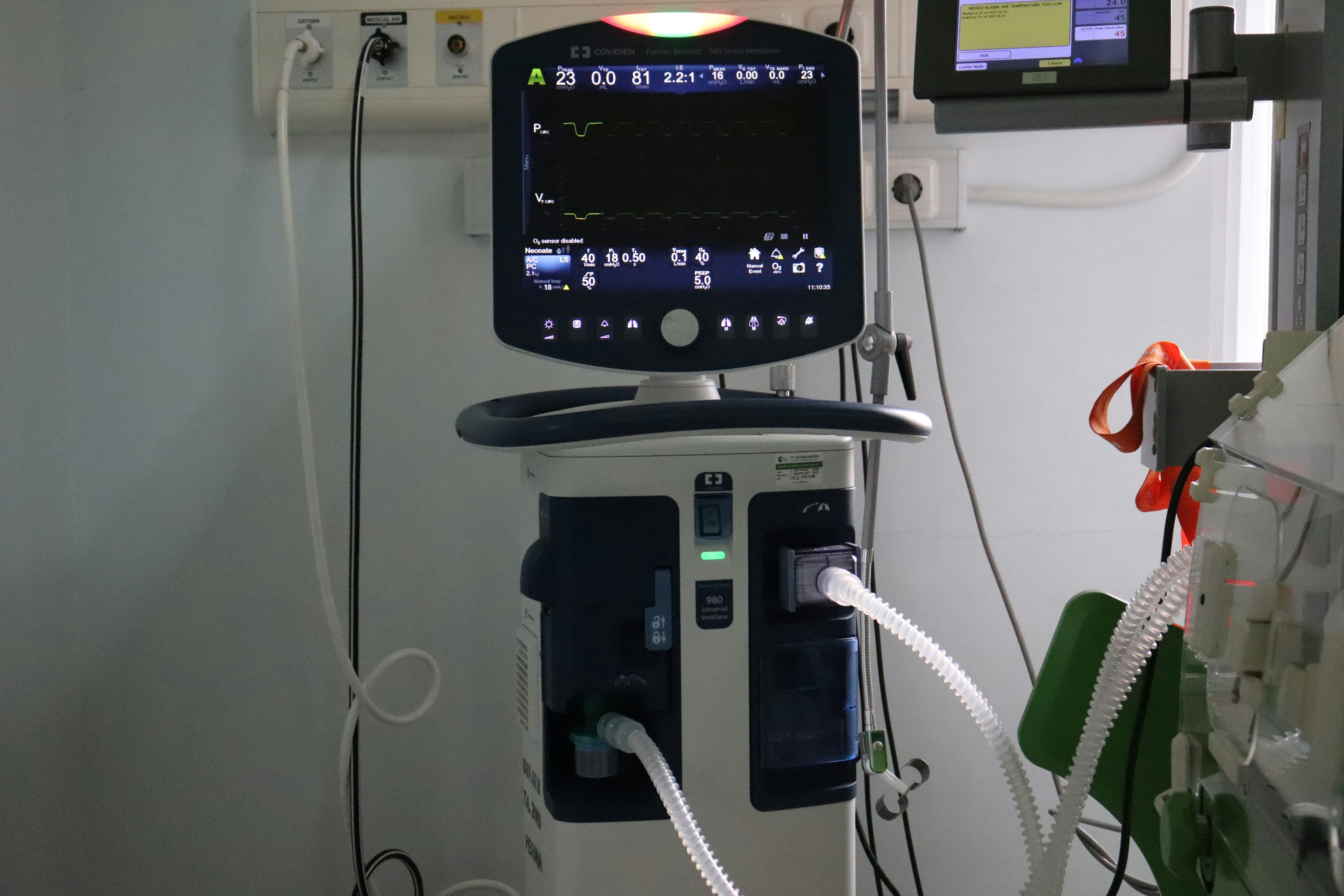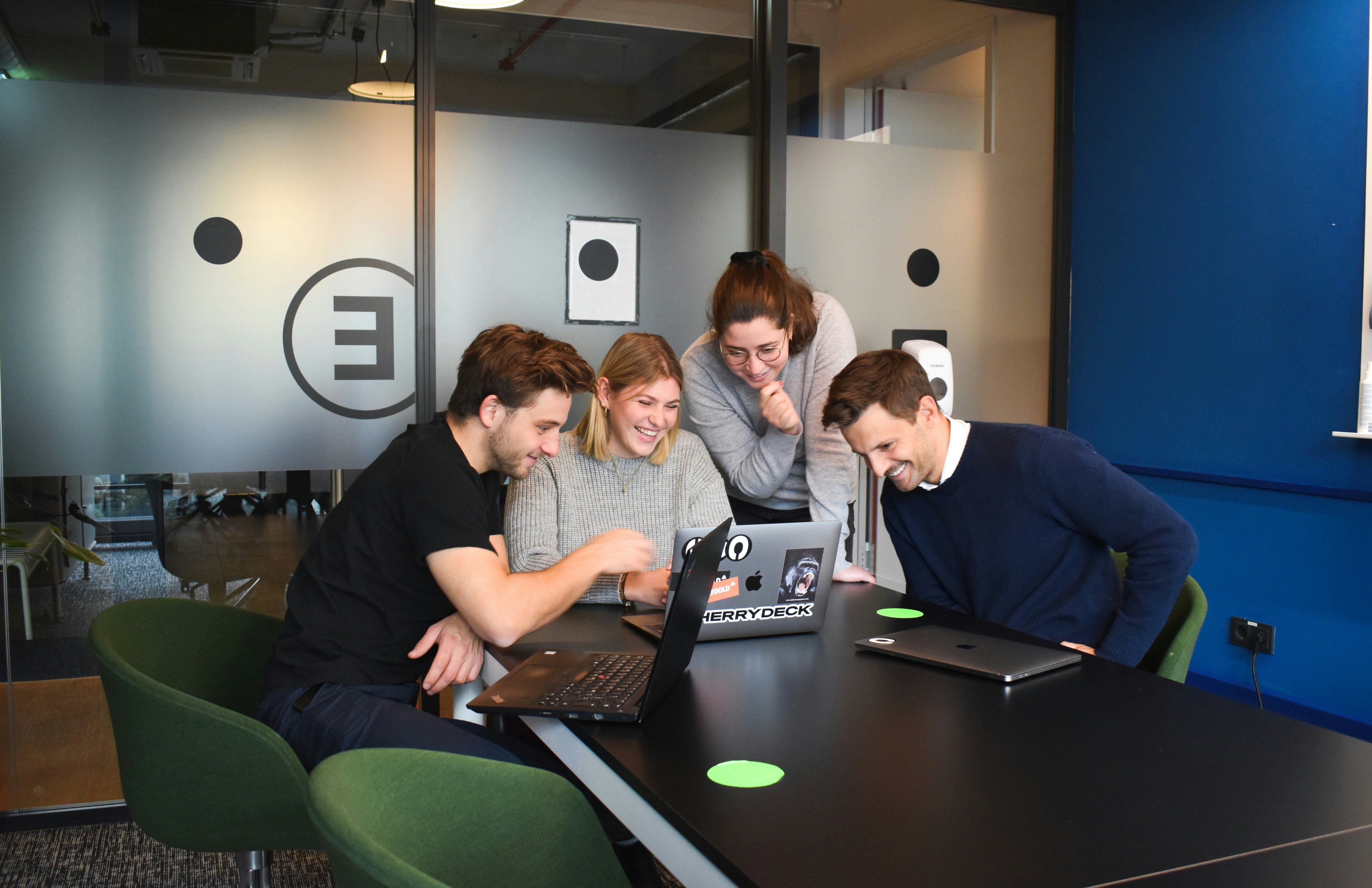About the Role
An established UK-based manufacturing organisation is seeking a proactive and knowledgeable Health and Safety Coordinator to lead its health, safety, and fire safety initiatives. This newly created position offers the opportunity to shape and embed a robust safety culture across a diverse operational site that includes injection moulding, cleanroom assembly, and warehousing.
This is a hands-on role suited to someone passionate about creating safe working environments, ensuring regulatory compliance, and driving continuous improvement in health and safety practices.
Key Responsibilities
Policy & Compliance
Develop, review, and update health, safety, and fire safety policies in line with UK legislation (e.g., Health and Safety at Work Act, COSHH, PUWER, Fire Safety Order).
Lead efforts towards achieving ISO45001 certification.
Ensure compliance through regular audits, inspections, and risk assessments.
Risk Management & Incident Response
Conduct comprehensive risk and fire risk assessments across all operational areas.
Investigate incidents, near misses, and fire-related events; identify root causes and implement corrective actions.
Maintain accurate records of incidents, audits, and safety performance metrics.
Training & Engagement
Design and deliver engaging training programs, including inductions, emergency procedures, and refresher courses.
Promote a culture of safety awareness and accountability through employee engagement and communication.
Fire Safety & Emergency Preparedness
Oversee fire safety planning, equipment maintenance, and evacuation procedures.
Ensure fire wardens and marshals are trained and prepared for emergency situations.
Coordinate regular fire drills and emergency response reviews.
Qualifications & Experience
Relevant qualification in Occupational Health and Safety, Fire Safety Management, Environmental Science, or similar.
NEBOSH National Diploma or equivalent; IOSH Chartered Member status is desirable.
Minimum 3 years' experience in a health and safety role within a manufacturing environment, ideally in healthcare or medical devices.
Strong working knowledge of UK health and fire safety legislation and best practices.
Skills & Attributes
Excellent communication and interpersonal skills across all levels of the organisation.
Strong analytical and problem-solving abilities.
Proficient in Microsoft Office and health & safety management systems.
Ability to lead, influence, and foster a positive safety culture.
Benefits
Hybrid working options
Comprehensive benefits package (including pension and health cash plan)
Opportunities for professional development and further training


